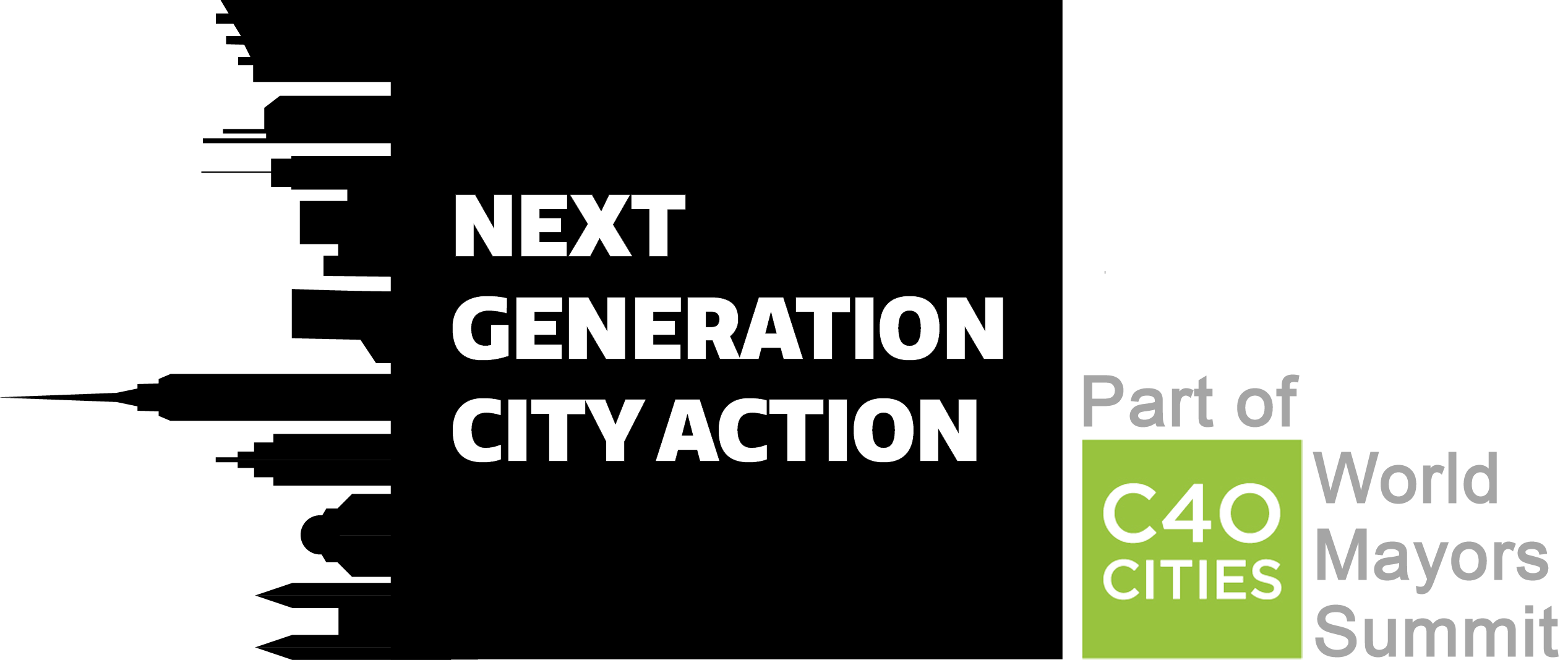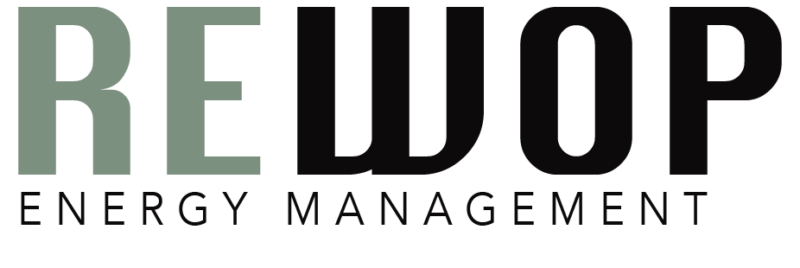
We help you keep track of your energy consumption and guide you in reducing your energy bill.
City Introduction
The capital of Kenya, Nairobi City, is currently a thriving metropolis, with continuous growth, expansion and change since 1954. Directly translated, the name Nairobi means The place of cool waters, however the city is more commonly referred to as The Green city under the Sun due to its green flora and abundant sunlight. Being one of the most influential cities in Africa, Nairobi is also classified as commercial, entrepreneurial and financial regional hub, home to the main headquarters of various major international companies and organisations.
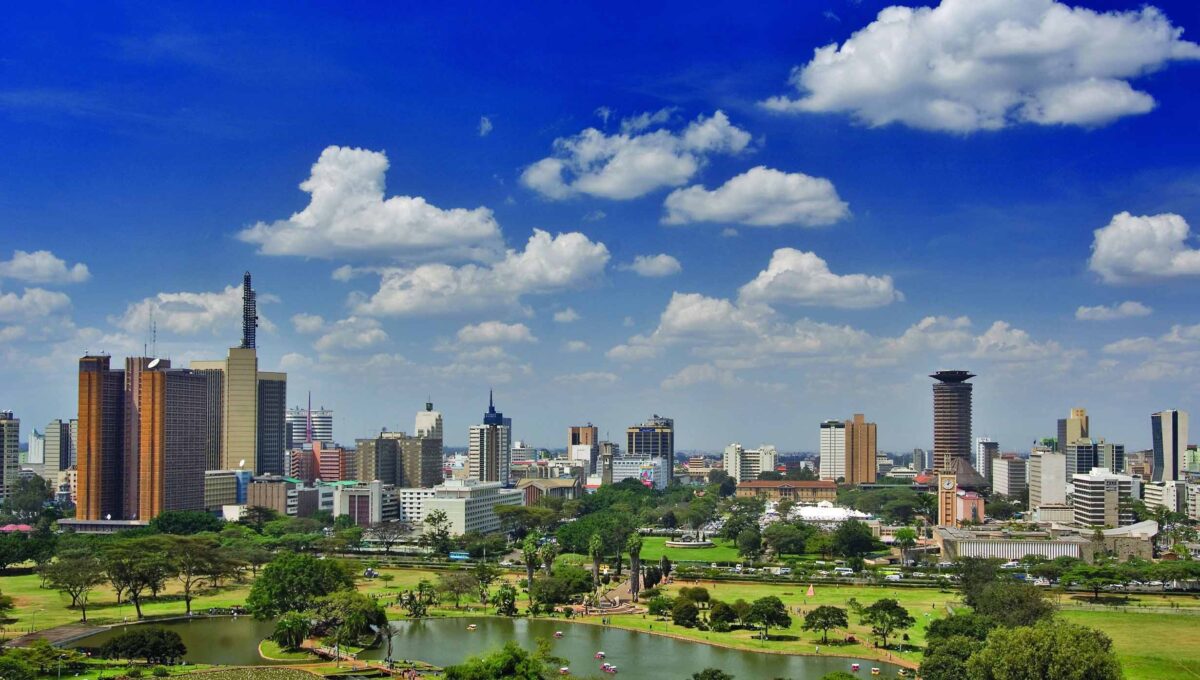
Having 4 million inhabitants and 4% annual growth rate, Nairobi is expected to generate more than 63% of Kenya’s gross domestic product for 2019. Due to this, the city has started acting towards becoming more sustainable and energy efficiency oriented aligned with the Africa Development Plan 2020 and Kenya Vision 2030.
The City continues to experience rapid physical and demographic increases that undoubtedly contribute to its share of GHG emissions. In spite of lack of pronounced measures to reduce on these emissions, the city is keen on re–engineering itself to join the rest of the global cities in confronting the realities of climate change attributable to these emissions1.
City Challenge
The challenge of Nairobi is concerning the energy efficiency of buildings, as the energy consumed in buildings account for around 50% of cities’ emissions on average. Increasing energy efficiency of buildings therefore constitute a huge opportunity for reducing emissions. Specifically, we have chosen to focus on how to build up data on energy use within buildings, as assessing a baseline energy performance is an essential first step to understanding and thereby managing and reducing energy consumption. Additionally we are focusing on how to raise awareness of energy efficiency and promote behavioural change, as energy use habits play a major role in energy demand.
Solution
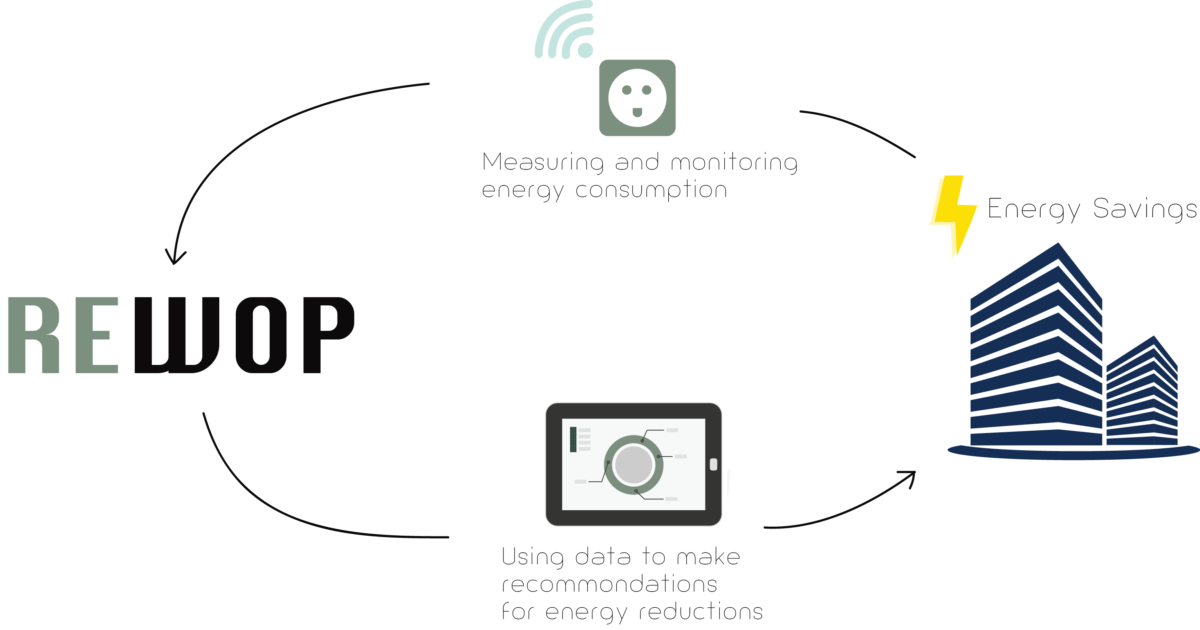
REWOP is a live feedback electricity monitoring system, which will provide recommendations on energy savings methods. The first step of the solution requires live energy usage capture, and for that, REWOP has several data capture levels:
- Baseline data capture: Electricity usage by appliances with smart plugs.
- Intermediate data capture: Electricity usage by appliances with smart plugs and electricity usage of lights with sensors.
- Advanced data capture: Appliance electricity usage with smart plugs, lighting electricity usage with sensors and building electricity usage with sub-meters.
The captured data will then be imported into the REWOP platform where the data is displayed in the Dashboard2.
Hereafter, several different types of analysis will be performed on the captured data. For example:
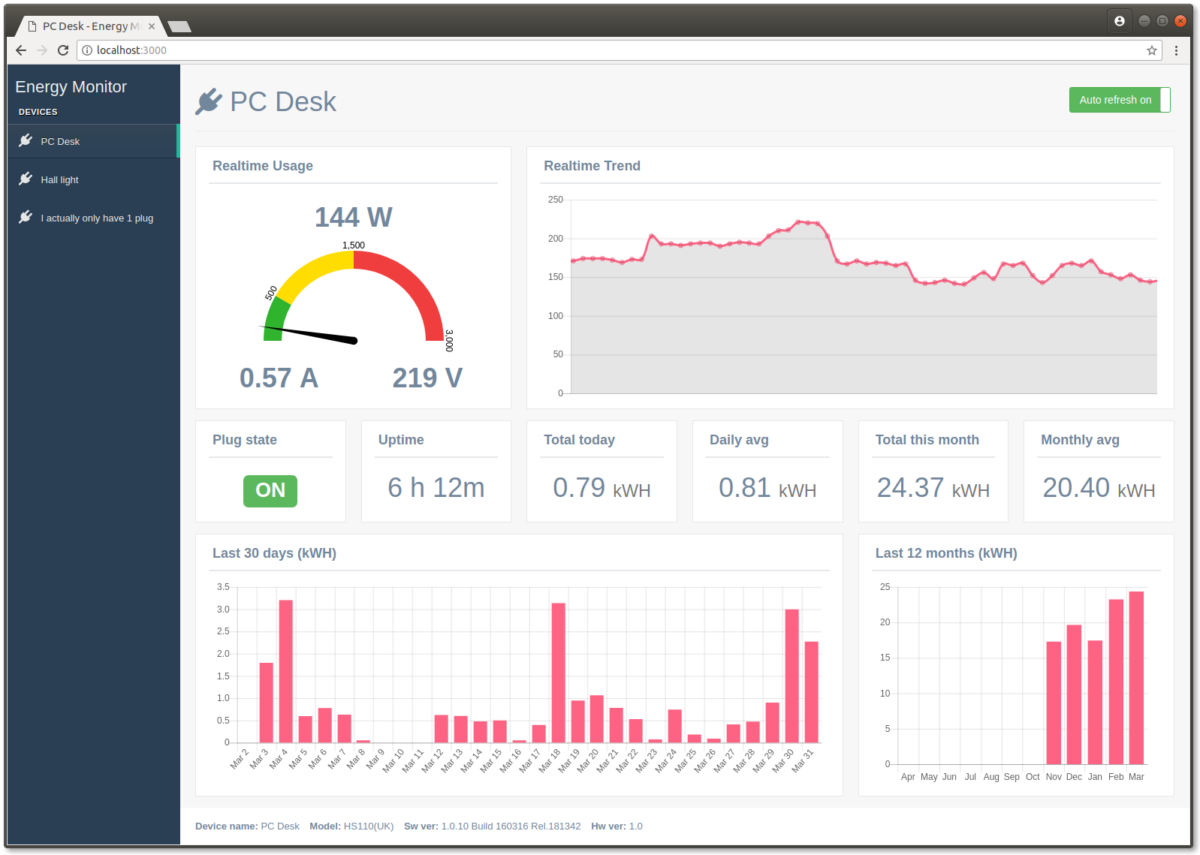
- Appliance electricity usage will be compared to international “best practice” baselines and averages in the domestic area and based on the usage, the system might recommend more energy efficient appliances, or more efficient usage of appliances.
- Lighting electricity usage will be compared to international “best practice” baselines and averages in the domestic area and based on the usage, the system might recommend lighting schedules (to automatically turn on and off lights), or upgrading lightbulbs to more energy efficient ones.
- Sub-meter can help determining if all significant sources of electricity usage have been found and are being monitored.
- Electricity usage can also have outlier detection applied, such that unusual appliance behavior can be identified and appliance can be repaired if required.
The feedback REWOP gives is inherently educational – besides giving recommendations for more efficient electricity usage, REWOP will also explain to the user why it is recommending specific things. This way, REWOP can also be seen as an educational tool.
It is also important to note that REWOP can be applied to data that has already been captured. This means that buildings that may already have smart electricity monitoring sensors installed can use REWOP for recommendations and educational purposes, as long as REWOP is given access to the electricity monitoring data.
Impact
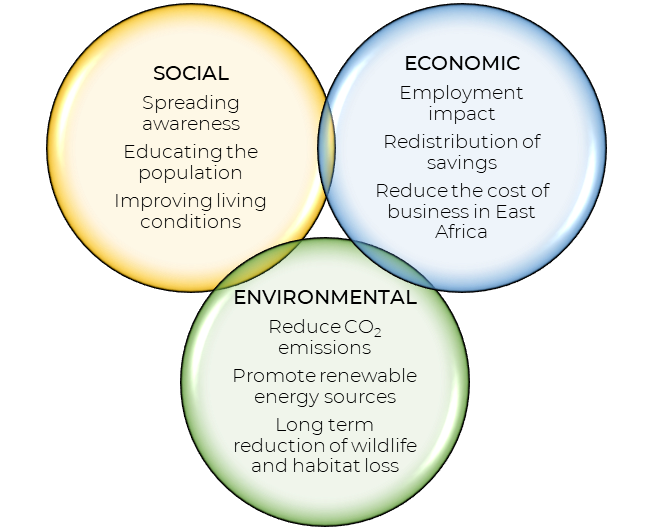
EWOP addresses several sustainable development goals. The main SDG which addressed is Goal no. 12: Responsible Consumption and production. More specifically targets3:
12.6: “Encourage companies […] to adopt sustainable practices and to integrate sustainability information into their reporting cycle“.
12.8: “[…] ensure that people everywhere have the relevant information and awareness for sustainable development and lifestyles in harmony with nature“.
REWOP encourages companies and institutions to adopt sustainable practices and integrate sustainable information to their reporting cycle through the direct monitoring of electricity usage. Besides the sustainable impact, REWOP also provides a social impact on energy efficiency.
By gathering data, analysing and benchmarking it to other countries, cities and companies, an awareness for energy efficiency will be created and users of REWOP can be educated to further their knowledge of what energy efficiency entails. Furthermore, by reducing energy consumption and using energy more efficiently, REWOP will also create an economic impact, since the buildings who are using REWOP will have their energy bill reduced. All in one, REWOP creates positive impacts on environmental, social and economic aspects.
Furthermore, REWOP will enable the ability to prioritize different energy sources and therefore make it possible to focus on affordable and clean energy, which addresses SDG no. 7. Indirectly affected by that, SDG no. 13 is also addressed, as climate actions can be taken by the information provided by REWOP’s data, since energy efficiency is a direct contributor to reducing energy consumption.
Partnerships & Contacts
Strong partnerships is the foundation of any sustainable businness. Therefore REWOP incorporates partnerships across sectors into our strategy, to break down silos and build a more sustainable, green future, in union. REWOPs goal of creating awareness, through intuitive recommendations about energy efficiency, should be implemented via strategic partnerships with stakeholders from governments, the private sector and civil society. Stakeholders should be united across country borders, aligned with the spirit of C40. A number of partnerships, REWOP has already engaged in are described below. They span across sectors and help build the foundation for a more sustainable future.
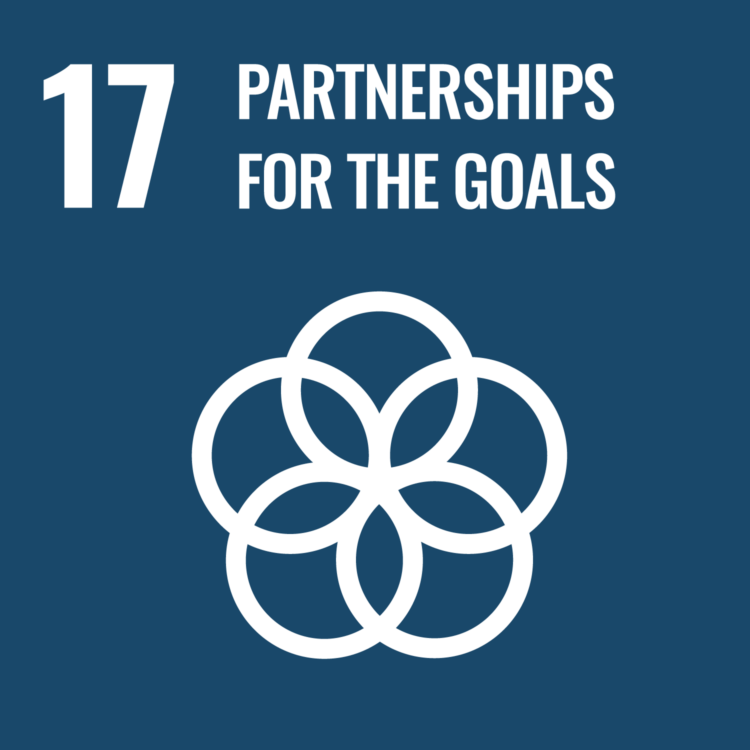
Kenya Association of Manufacturers (KAM) is the representative organisation for manufacturing value-add industries in Kenya. Their mission is: “To promote competitive and sustainable local manufacturing”4. KAM can provide essential industry insight and can help connecting with relevant Kenyan small to medium-sized companies.
Professors from two departments at the University of Nairobi, namely Mechanical Engineering & Energy Management Engineering have provided excellent insight on Kenyan behaviour when it comes to energy. They answered questions about how the field of energy efficiency is evolving and being targeted in higher education in Kenya. In the future such academics can provide essential sparring around what is currently being done to create awareness about energy efficiency for the next generation in Kenya.
In addition, a partnership with a German engineering firm named A-Eberle has been investigated and is currently being developed. A-Eberle is specialised in electrical measuring and control engineering5. Furthermore, A-Eberle provides existing technology for measuring energy consumption non-invasively on house meters and distribution boxes. Their strong technical knowledge and know-how will help us to develop and provide the best possible solution for capturing energy consumption data.
Team Rewop
We are a team consisting of one student from CPH Business and four students from DTU all enrolled in the course Hardtech Entrepreneurship. The four DTU students each specialize in a unique master’s programme as shown by the business cards below

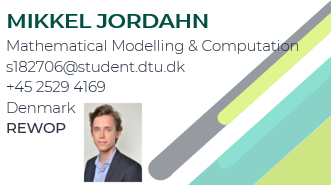
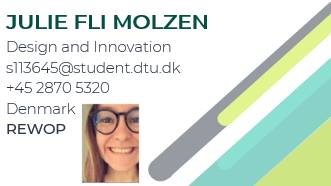

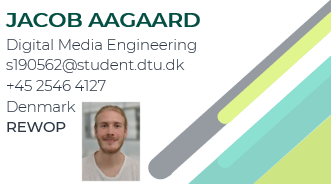
References
- CDP Dataset (https://data.cdp.net/Governance/2019-Full-Cities-Dataset/iapx-bpuk), 2019 ↩︎
- TPLink Energy Monitor (https://github.com/jamesbarnett91/tplink-energy-monitor), 2019 ↩︎
- SDG 12 (https://www.un.org/sustainabledevelopment/sustainable-consumption-production/), 2019 ↩︎
- About KAM (http://kam.co.ke/about-kam/), 2019 ↩︎
- Company Profile (https://www.a-eberle.de/en/company-profile), 2019 ↩︎
